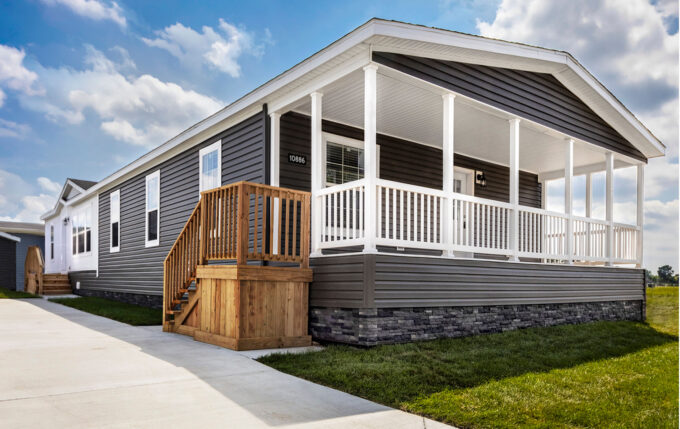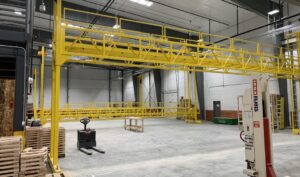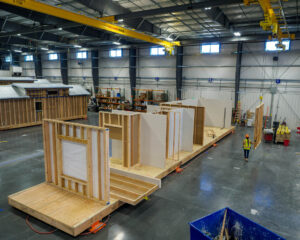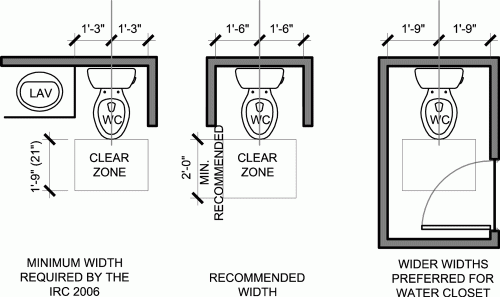Manufactured Homes: An Affordable Housing Solution
Manufactured homes, aka mobile homes, provide a cost-effective and efficient solution for homeownership. Built in a factory setting, they meet strict federal regulations and offer high-quality housing at a lower cost than traditional site-built homes. These homes serve as a critical component in addressing the affordable housing crisis.

Regulations and Standards
Manufactured homes are built to comply with the U.S. Department of Housing and Urban Development (HUD) Code. This national building code ensures that manufactured homes meet safety, durability, and energy efficiency standards. Unlike modular or site-built homes, which must adhere to local and state building codes, manufactured homes follow HUD guidelines regardless of location.
Local zoning regulations impact where manufactured homes can be placed. Some municipalities restrict their placement in certain areas, while others allow them in designated communities or on private land. Buyers should check with local planning departments before purchasing. The Manufactured Housing Institute provides resources on industry regulations and advocacy.
Manufactured Homes and the Affordable Housing Crisis
The affordability of manufactured homes makes them an attractive option for low- and middle-income families. These homes cost significantly less per square foot than traditional housing, making homeownership more accessible. They also offer modern amenities, energy-efficient designs, and flexible floor plans.
Manufactured homes can be placed in dedicated communities or on privately owned land, providing options for various housing needs. Some state and local governments have introduced incentives to encourage the development of manufactured home communities as a way to expand affordable housing inventory.
Manufactured Homes vs. Modular Homes
Manufactured and modular homes share similarities but differ in construction and regulation. Both are built in factories and transported to the site, reducing material waste and construction time. However, manufactured homes are built on a permanent chassis and must comply with HUD Code, while modular homes adhere to local building codes and are placed on a traditional permanent foundation.
Modular homes often have higher resale value and can be customized more extensively. However, they typically require more upfront investment. Manufactured homes, on the other hand, offer affordability and faster installation, making them a practical solution for many buyers.
For more information on modular home standards, visit the Modular Home Builders Association.
EVstudio’s Role in Manufactured and Modular Home Communities
EVstudio works with developers, manufacturers, and individual homeowners to design communities featuring both manufactured and modular homes. We assist with zoning approvals, site planning, and architectural and engineering design for both factory and field construction documents to create well-planned, livable communities.
Additionally, EVstudio holds a dealer’s license, allowing us to help clients purchase manufactured or modular homes directly. This service streamlines the buying process and ensures compliance with all regulatory requirements.
Conclusion
Manufactured homes offer an effective, affordable housing solution. With proper planning and regulatory support, they can provide high-quality housing for a wide range of residents. As demand for affordable housing grows, manufactured homes will continue to play a vital role in expanding homeownership opportunities.
For more information on manufactured and modular home communities, visit EVstudio.










